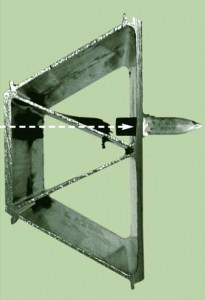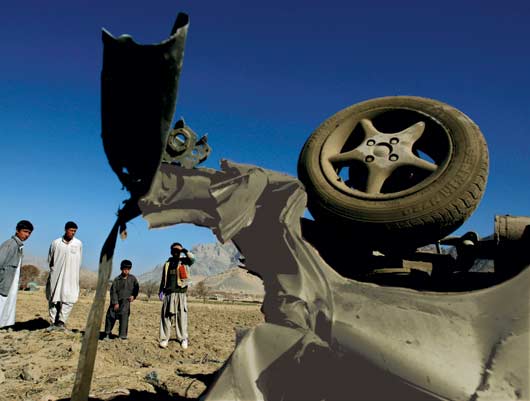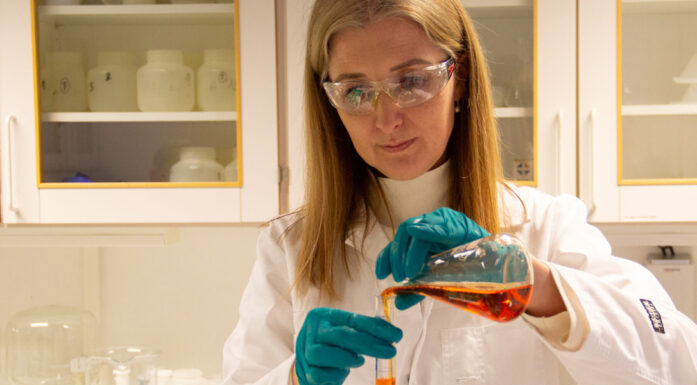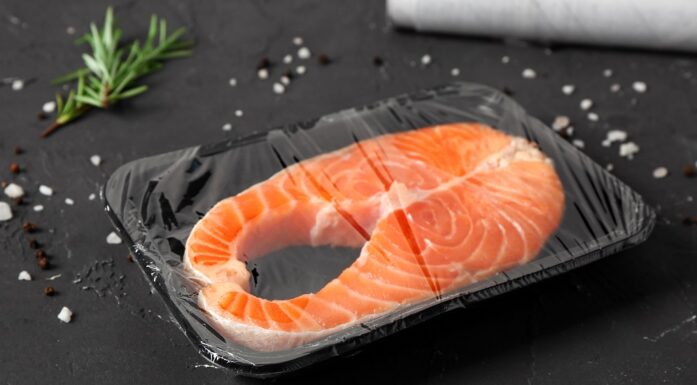Safer with light metals
A cheap and simple structure made of aluminium can mean the difference between life and death the day that bombs go off.
A soldier in war lives a life exposed to danger both inside the compound fence and on assignment outside the base. If the container barracks are struck by a direct hit, they can be transformed into a clump of twisted metal in a matter of seconds. If a soldier drives over a landmine, the vehicle and those inside can be blown sky high.
War is never safe. Nevertheless, it is possible to protect soldiers from at least some of the dangers. Armoured steel and concrete provide good protection, but structures made from steel or concrete are very heavy, and can be difficult to move. Aluminium, on the other hand, is a lightweight product, in a number of different ways.
SIMLab (the Structural Impact Laboratory) is one of the Norwegian University of Science and Technology’s three Centres for Research-based Innovation. One of SIMLab’s research projects is developing aluminium structures for protection against impacts, projectiles and explosions.
“We have developed a light, cheap and flexible solution to protect buildings, ammunition magazines and containers”, says the head of the centre, Professor Magnus Langseth.
Withstands most
The solution has grown out of the close cooperation between the Norwegian Defence Estates Agency (NDEA) and NTNU. NDEA is responsible for the Norwegian camps and compounds that are involved in international operations, and has financed the centre’s research on protective structures for both military and civilian use for a number of years.
The panel in question is made from an aluminium profile with holes filled with a heavy substance found on site, such as sand, gravel or small stones. These aluminium profiles are easy to produce by extruding them through a shaped die that gives them the desired cross-section.

HERE BUT NO FURTHER: The aluminium profile seen from above. A projectile has penetrated the outer wall from the left and has passed through two layers of aluminium, but was stopped by the third – even though it was not filled with sand or gravel.
Photo: SIMLab
They are also easy to move and are assembled using a click system to form a panel. Each profile is placed in a lifting device and is mounted on a container wall, for example. Afterwards it can be filled from the top with gravel, which then can be emptied from the bottom when the panel needs to be moved to another area.
Two men can erect a container building in this manner in the course of a morning.
“These filled aluminium shapes can withstand projectiles and explosives,” explains Tore Børvik, who works with NDEA and is an adjunct professor at NTNU working at SIMLab.
Survived the test
The aluminium panel system has been tested at full scale with a blast from an explosion. It demonstrated its effectiveness: the panelled container sustained minor damage from the blast, which was equivalent to 4 tonnes of TNT detonated at a distance of 120 metres. Without the lightweight metal protection, the container would have undergone serious damage. But a few details remain to be improved, so the system is not on the market yet. Nevertheless, a number of NATO countries have already shown interest in it.
“NTNU is not in the business of producing these things,” Professor Langseth says. “Our job is to develop the tools that product developers need. We make computer models, and experiment with alloys and design. The tools for this type of protection need just a bit more work before they’re ready.”
On dangerous roads
Only a few of the vehicles used by peacekeeping forces are protected from landmines. Armoured steel is expensive, but first and foremost it is heavy – and many places are inaccessible to a vehicle armoured with steel. A vehicle needs lightweight protection.
Aluminium is just such a material. But a gravel-filled panel is too heavy, and is not suited to be mounted on a vehicle chassis. So SIMLab’s researchers are working to develop lightweight plates made from aluminium foam that in time may be the solution to the problem.
“This is an extremely complex challenge,” Professor Langseth emphasizes. “When a landmine explodes, the combination of sand and air pressure tosses the vehicle and the driver up in the air. We have to find a method to absorb the pressure, something that is lightweight and doesn’t take much space. We haven’t yet developed the technology, but we’re working with the design tools that we have already developed.”
SIMLab has now been invited to join an international research project with some of the world’s leading researchers in mechanics and materials, where the theme is protection of vehicles in war zones.
By Lisa Olstad




